INDIAN ARMED FORCES CHIEFS ON
OUR RELENTLESS AND FOCUSED PUBLISHING EFFORTS

SP Guide Publications puts forth a well compiled articulation of issues, pursuits and accomplishments of the Indian Army, over the years

I am confident that SP Guide Publications would continue to inform, inspire and influence.

My compliments to SP Guide Publications for informative and credible reportage on contemporary aerospace issues over the past six decades.
- Prime Minister witnesses 'Bharat Shakti' – a Tri-Services Firing and Manoeuvre Exercise in Pokhran, Rajasthan
- Interim Defence Budget 2024-25 — An Analysis
- Union Defence budget 2024
- Prime Minister Modi Commemorates Indian Navy Day in a Grand Ceremony
- Prime Minister Modi Flies in the LCA Tejas
- New Chapter in India-Italy Defence Ties
- Airpower beyond Boundaries
Integrated approach to Air Defence in India
The AD architecture world over, throws up three types of integration i.e., geographical integration, resources/assets integration and the functional integration.
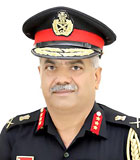 |
The Author is a Director General of Army Air Defence. |
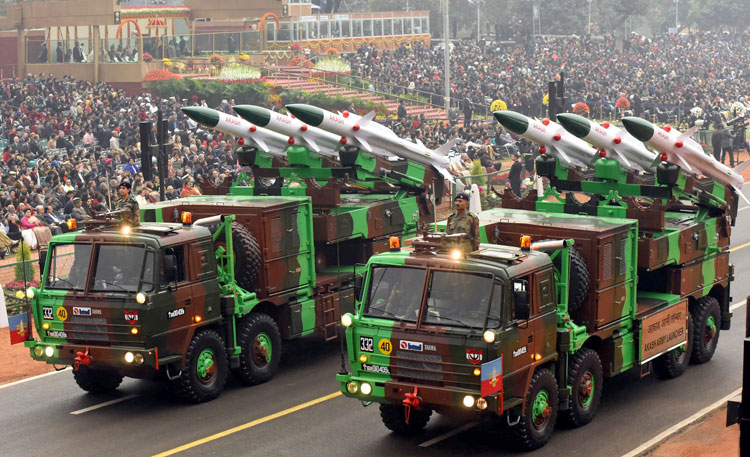
The establishing of Integrated Theatre Commands has been on the anvil for quite some time and with the appointment of Chief of Defence Staff, they are bound to crystalise in the near future. These commands are a prerequisite for affecting integration/joint-ness amongst the defence services leading to comprehensive defence reforms including integrating military capability, achieving optimum operational efficiency and pulling off financial savings. Strategic Forces Command (as a functional command) and Andaman and Nicobar Command (as geographical command) have already been established. Currently Theatre Commands, Maritime Command and Integrated Air Defence Command (IADC) are in the pipe line. We will focus on IADC in this article.
Air Defence Command: Approach of other Nations
Air Defence (AD) structure of major military powers world over, reveal that nations have organised their AD needs as per their air threat and resources. US has independent AD structures for continental America and separate one for expeditionary forces. The Russian AD are divided between Air Forces and Land Forces for air bases and combat zone respectively. China has AD units/formations with their recently created theatres. Electronic Warfare battalions form integrated part of AD units/formations. The AD architecture world over, throws up three types of integration, i.e. geographical integration, resources/assets integration and the functional integration. It may be possible to pick up ideas from other countries and arrive at an AD structure which suits India best.
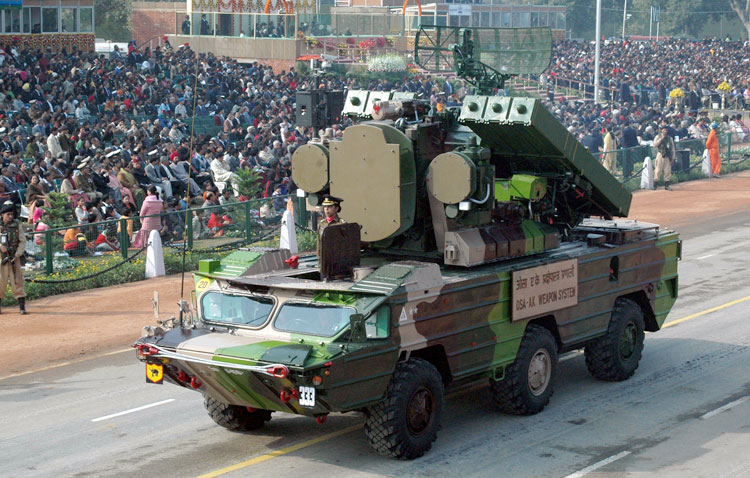
Challenges in Integration
Air Defence encompasses all actions taken to prevent enemy aircraft, missiles, drones/UAVs and other weapons/aerial platforms from using medium of air to attack and destroy own forces/assets, by neutralising their effectiveness. Execution involves detection/tracking/cueing (sensors); a network of command and control systems (control and reporting structure) and neutralisation means which could be AD aircraft, guns or missiles. The system so established would have to be time sensitive in order to detect, identify, engage and destroy the target within the time window available. Such a time sensitive operational situation necessitates decentralisation of control and execution with distributed responsibility to the fire units as much as possible.
A time sensitive operational situation necessitates decentralisation of control and execution with distributed responsibility to the fire units
With increase in the number of users of air space (influx of UAS/drones), the challenges of Air Space Management has got complex. A single centralised agency controlling the air space to efficiently manage the air space users, in time and space may not be desired. This calls for use of technology to affect centralised coordination at the highest level and delineation of responsibilities to the commanders responsible for fighting the local battles in combat zone / rear areas. The ability of aerial weapons to disrupt the battlefield with precision and speed has been amply demonstrated in operations and hence the focus has shifted to facilitation of sharing of surveillance picture in real time frame with battle groups or the vulnerable assets where AD resources are deployed.
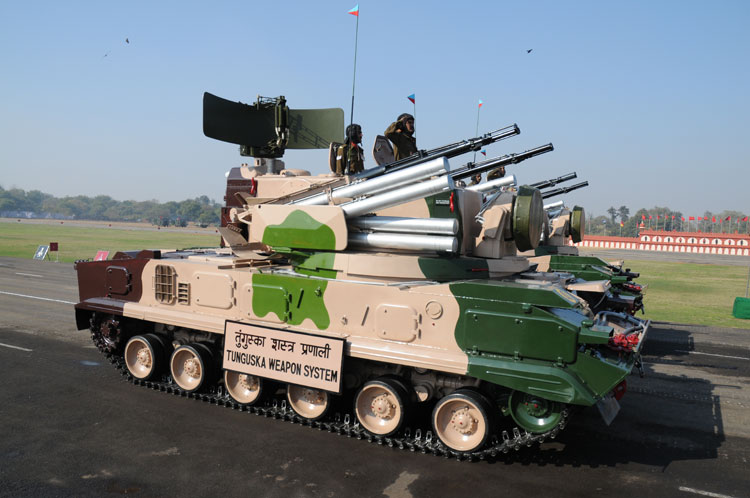
This leads to the challenge of optimal integration of available resources with the three services, demarcating the boundaries between theatre and rear areas and integration of AD elements with other war fighting components to achieve seamless execution of the mission.
IADC Linkages with Land Based Theatre Command
Conceptualisation of the Land Based Theatre Commands in the near real time frame of establishing of IADC brings to fore the priority of instituting acceptable linkages between the two. Land Based Theatre Commands are based on the geographical integration whereas IADC will have to be a functional entity with important charter of broad allocation of AD assets (in coordination with theatre command) and operational control of networks and communication (minute to minute control of fire).
This leads to the challenge of optimal integration of available resources with the three services, demarcating the boundaries between theatre and rear areas
The Land Based Theatre Commands will have to adopt an independent vertical of AD under the Theatre Commander which will advise the commander on all AD issues within the theatre. Further, the AD of the Tactical Battle Area has to be taken care of by the theatre commanders and the responsibility of AD of strategic assets / rear areasmust be handled by IADC. This delineation of the responsibility between the Theatre Command and IADC has to be clearly spelt out.
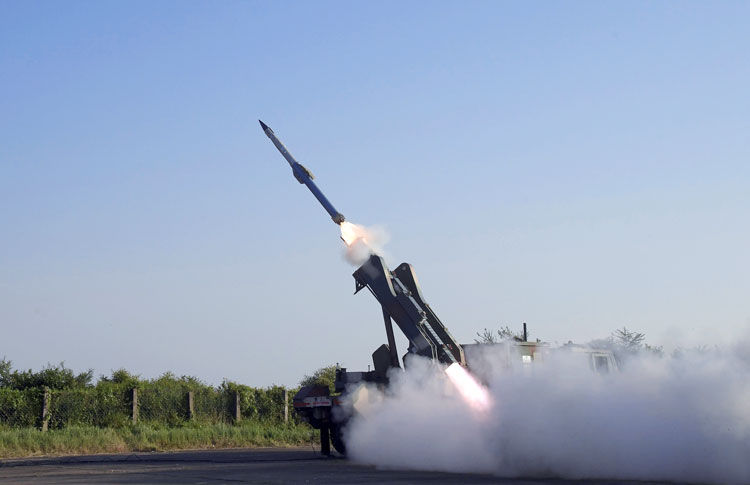
Suggested Architecture for India
The aspects which are required to be addressed while establishing an IADC are:-
Integration. Integration, not only of the three defence services, but also of civil aviation, coast guard and other agencies which are the users of airspace. Based on this integration, the resources allocation could be carried out by IADC for theatres/battle zone and to other national assets/areas.
Operational Philosophy and Policy Formulation. HQ IADC once established will have its first charter/ duty of formulation of operational doctrine for National AD. This will give out the broad framework for providing AD to critical assets of the entire country. The challenge of defining common techniques, procedures and protocols for execution of AD operations will have to be carried out by IADC.
The representations of the stake holders at apex level and adequate joint-ness at lower levels in an equitable proportion will provide stability and progressiveness to the command
Control & Reporting Structure and Networks. This will be the nerve centre of the command. Near real time and a strong, control and reporting structure along-with robust network forms the backbone and nerve centre for an effective AD system. A common Recognised Air Situation Picture (RASP) must flow out of the Air Force’s Integrated Air Command and Control System (IACCS), Army’s Control and Reporting system Akashteer and Navy’s Trigun to the AD weapons for an efficient AD battle with a plug and play model. Hence the need for centralised planning, seamless flow of information/Air picture and empowering of AD weapons to execute the task in a decentralized way.
Control of Air Defence Weapon Systems. With integration of resources, the theatre command should be responsible of all AD aspects within their respective theatre i.e., combat zone, while AD of all rear areas (strategic assets) be handled by the HQ IADC, thus de-conflicting the AD responsibility between the geographic theater commands and the IADC (a functional command). This will also ensure that theatre commands are not looking over their shoulder to provide AD top reserve its fighting assets.
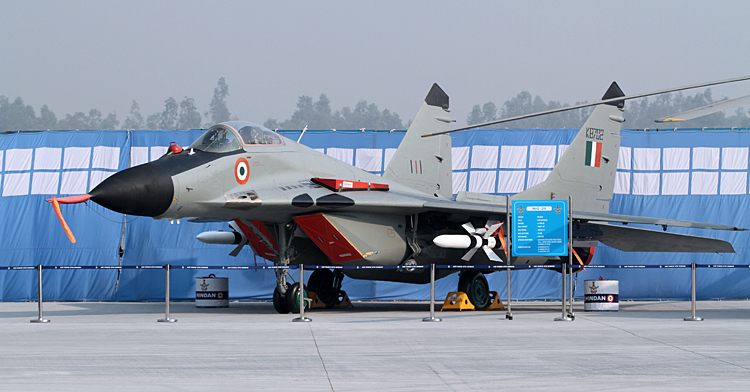
Organisation of the Command Structure. The organisational model of IADC must be adequately represented by all stake holders, as per their core competencies developed over the years. This will enhance efficiency, besides achieving integration and joint-ness in the true sense. The representations of the stake holders at apex level and adequate joint-ness at lower levels in an equitable proportion will provide stability and progressiveness to the command.
Verticals. In order to achieve economy of effort, exploit service competencies and attain well organised functioning, IADC should have integrated verticals for Intelligence, Policy and Planning; Joint Training and sustenance; Budget and Procurement and Administration.
Logistics, Maintenance and Mission Readiness Evaluation. These issues could be left to the respective services with the commanders at various levels be empowered to handle these aspects for AD assets/ entities under their command. Once the joint logistics, maintenance/ sustenance organisation are established these issues could be integrated.
Formation of IADC is an important step towards optimisation of all AD assets. It may not be simple to integrate all aspects of the AD at national level. As the organisation being deliberated is at embryonic stage, the integration demands caution in handling the limitations and concerns of the contributors. The manifestation of IADC must be in a phased manner without disturbing the existing AD setup which has been war proven.





